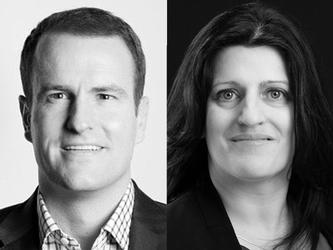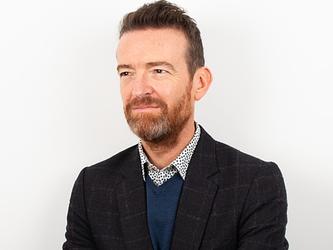Forward thinking: Becoming MRS president
What do you believe will be the biggest challenges you are likely to face as president of the MRS?
The first will be replacing the force of nature that is Jan Gooding. She’s done an incredible job over the past five years. The second will be to work with the leadership at the MRS to plot a course through a post-pandemic world. Finally, I will be focusing on supporting the society with its digital agenda.
Which parts of the role are you most looking forward to?
I’m energised by people, so I’m really looking forward to getting to know the team at the MRS as well as meeting – or at least speaking to – as many members as possible. Learning about the work of the MRS, and the contributions we are making to business, academia and society at large will also be very interesting.
The difficulty of attracting and retaining new talent, improving the survey experience for respondents, and sustaining momentum when it comes to diversity and inclusion initiatives have all been identified by market research practitioners as key action points for 2022. What would you add to that list?
I would have to say declining participation rates: respondents can be bombarded with surveys and engagement is at an all-time low. We need to balance the need to be more creative while ensuring we’re maintaining the highest professional standards. As a sector, we need to lead the way in terms of the best-quality briefs, survey design, targeting and analytics that will drive the most successful outcomes.
There is also a need for agility: feedback must be quick or real-time. For many organisations, gone are the days when we have weeks or months to turn around a survey. Growth of data-driven decision-making is another issue: it’s not just about the data. The most powerful insight comes when we harness the power of qualitative feedback to answer the ‘why’ to supplement the ‘what’ from big data.
Then there’s the increased role of technology; this applies across the sector. Not necessarily creating new research methodologies but applying them differently. Finally, I’d point out that security is more important than ever in terms of how we safeguard data and how we can use it more ethically for the greater good.
How will you bring your previous experience at Bupa, Alshaya Group and Santander to bear in this role?
A consistent theme across my entire career has been using customer and consumer insights, both qualitative and quantitative, to inform commercial decisions. Being market-orientated is key to the success of any organisation, so using such a structured approach will only increase in importance. Customers, whether in business-to-business or business-to-consumer sectors, have more and more choice every day. For organisations to thrive, they must remember this, and maintain their focus on understanding the jobs their segments have to do and develop their plans accordingly. This is equally applicable in sectors outside the commercial sphere.
Then there’s the importance of developing a compelling narrative for an organisation, aligned to its purpose or north star. This makes sure its people are motivated and clear on exactly what they should be doing day to day, as well as ensuring that the experiences a consumer has are consistent and add up to a bigger story about the brand. It’s about harnessing the power of the team to amplify the external impact.
The democratisation of research, and the Office for National Statistics recognising the importance of qualitative methodologies, are just two factors likely to impact on the data analytics and insights industry in the coming 12 months. What do you think are the principal trends that will shape the sector this year?
Being able to identify critical data that will drive action among the massive amount of unstructured data available across a myriad of sources. Advancing data analytical capabilities to drive value through artificial intelligence, machine learning and predictive modelling. Plus, delivering the insights from complex data sets through simple tools, so that they are accessible to the broadest audience.
What do you hope to have achieved by the end of your tenure?
It’s a bit early to say in detail, but it will certainly involve working with the MRS to identify and prioritise the three biggest issues that we need to address. Rather than trying to tackle numerous issues, I feel it’s more beneficial to make significant progress across a smaller number of meaningful initiatives.

We hope you enjoyed this article.
Research Live is published by MRS.
The Market Research Society (MRS) exists to promote and protect the research sector, showcasing how research delivers impact for businesses and government.
Members of MRS enjoy many benefits including tailoured policy guidance, discounts on training and conferences, and access to member-only content.
For example, there's an archive of winning case studies from over a decade of MRS Awards.
Find out more about the benefits of joining MRS here.














0 Comments